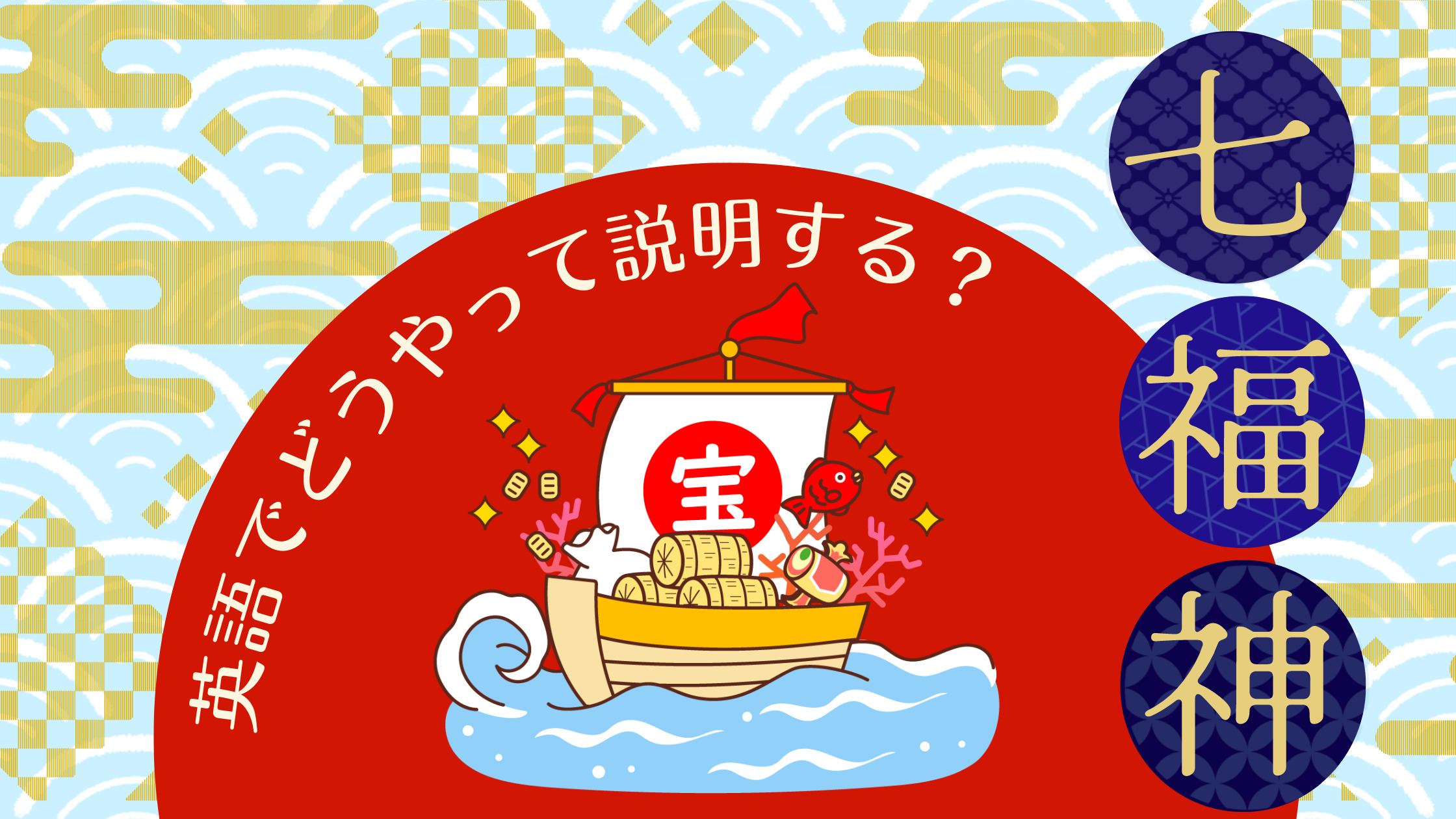七福神は幸運をもたらしたり、商売繁盛をもたらしたりすると信じられております。
お正月になると、七福神巡りに出かける方もいるかと思いますが、
このような幸運をもたらす神様について英語で説明できるようになると、外国人の方にも興味を持ってもらえるでしょう。
今回は七福神や七福神巡りについて英語で解説していきます。
英語記事:
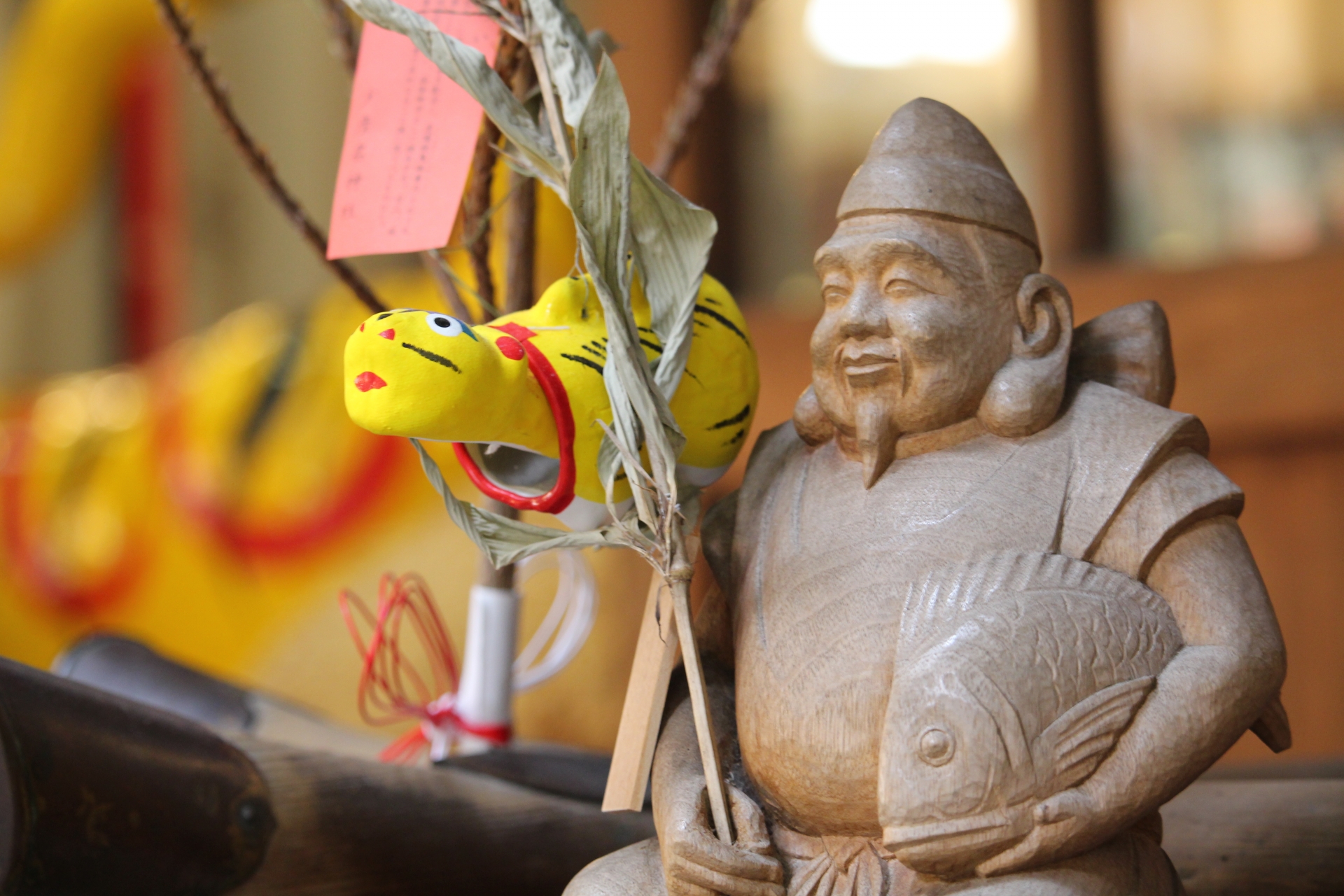

【この記事を書いているのは…】
石井 政章(いしい まさあき)
元ホテルマンです。リゾートホテル、シティホテルで主にフロントスタッフとして働いていました。
ホテルで働こうと思ったきっかけは、海外が好きで英語を活かしたいのと人を喜ばせたいという想いがあったからです。
現在は退職しWebライターとして活動しています。
「七福神」を英語で説明する
Seven Lucky Gods are seven deities that are Jurojin, Ebisu, Hotei, Benzaiten, Bishamonten, Daikokuten and Fukurokuju.
七福神とは、寿老人、恵比寿、布袋、弁財天、毘沙門天、大黒天、福禄寿のことです。
It is said if you worship all seven deities, you will be blessed with seven happiness and prevent seven misfortunes.
七福神をすべて拝むと七福に恵まれ、七難を免れると言われています。
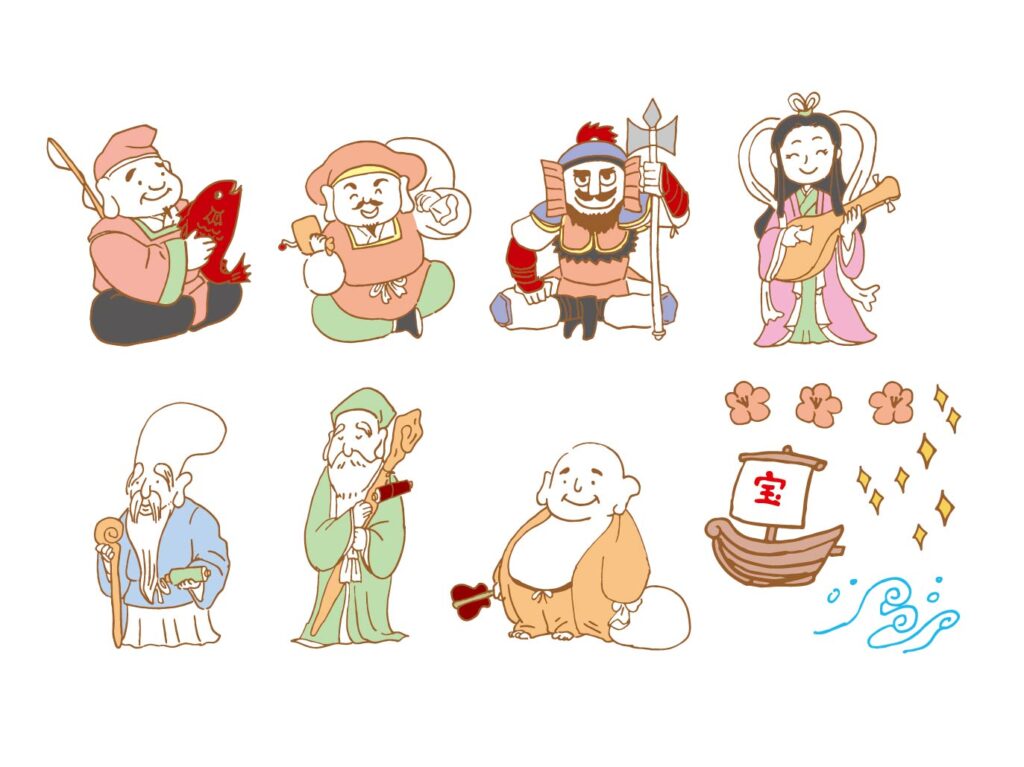
「七福神」をそれぞれ英語で説明する
Each deity has a different feature and meaning.
七福神はそれぞれ異なる特徴と意味があります。
寿老人
Jurojin is a god of Taoist-Buddhist from China, and he’s an incarnation of a pole star which brings you longevity.
寿老人は中国の道教の神で、長寿をもたらします。
A long head and long white beard is a unique feature of this deity, and he often holds a peach in his hand.
長い頭と長い白髭が特徴で、手には桃を持っています。
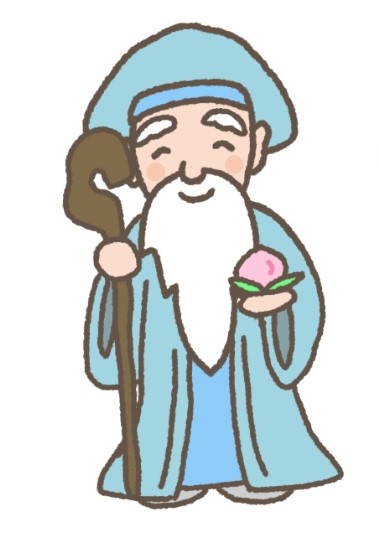
恵比寿
Ebisu is most known as the deity of fishing, and he holds a red seabreak in his arm, and the fishing rod in the other.
恵比寿様は釣りの神様として最も有名で、腕には赤貝を、腕には釣り竿を持っています。
Bringing luck on a big catch turned into a prayer for business prosperity.
大漁祈願が商売繁盛の祈願に変わりました。
Ebisu is the only Japanese-origin deity of the seven lucky gods.
恵比寿様は、七福神のうち唯一の日本起源の神様です。
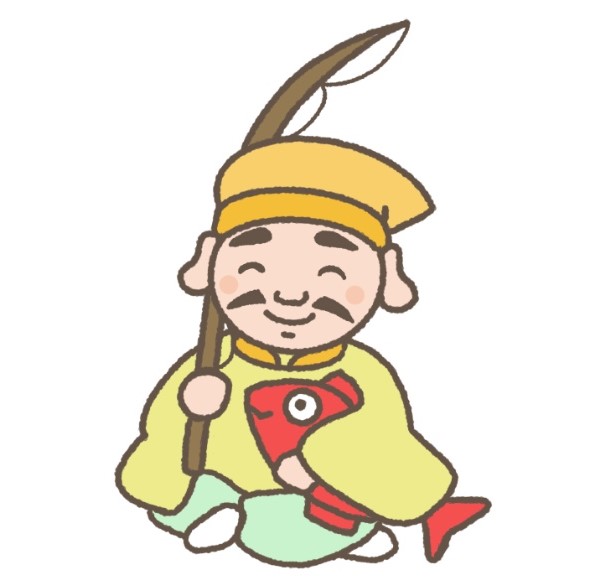
布袋
Hotei is the only deity who actually existed. It’s said to be modeled after a Chinese monk.
布袋は実在した唯一の神で、中国の僧侶をモデルにしたと言われています。
Round belly and kind smile, he’s represented as the deity of happiness.
丸いお腹と優しい笑顔で、幸福の神様として知られています。
He carries a large sack and that is said to be a sack of patience, it represents how much he can bear.
彼は大きな袋を持っていますが、これは堪忍袋と言われていて、度量の大きさを表現しています。
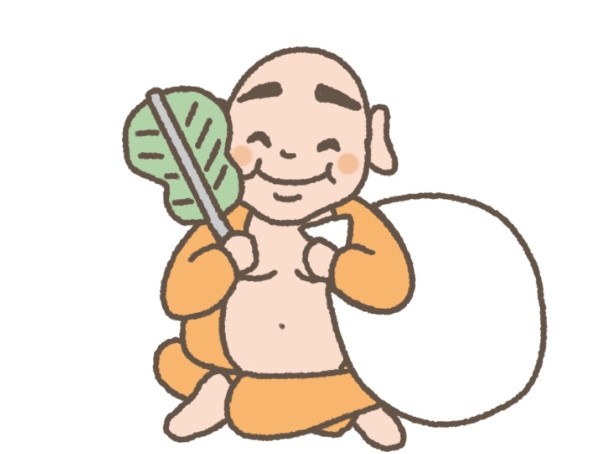
弁財天
Only goddess of the seven lucky gods, she has talent and fortune, and her appearance resembles a heavenly nymph holding a traditional instrument called biwa.
七福神の唯一の女神で、才能と財力を兼ね備えており、その姿は、琵琶を手にした天女に似ています。
It is said she is originally modeled after the Hindu goddess from Indian mythology.
弁財天はインド神話に登場するヒンズー教の女神をモデルにしたと言われています。
She is often enshrined at the shrine near the water.
水辺の神社に祀られることが多いです。

毘沙門天
Having the appearance of a warrior, it is known as a god of war.
戦士のような姿をしており、軍神として知られています。
While the other deities bring happiness and good luck, Bishamonten is also known for playing a role to get rid of evil spirits.
他の神々が幸福と幸運をもたらしますが、毘沙門天は悪霊を追い払う役割を果たしています。
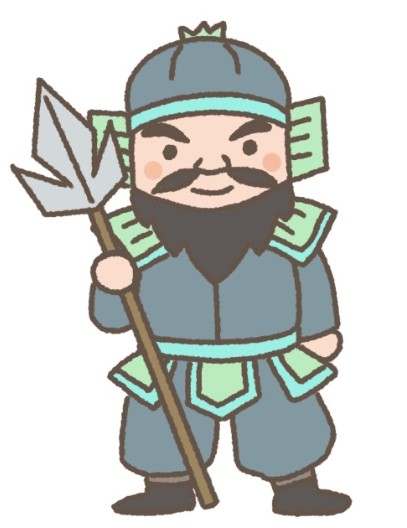
大黒天
Daikokuten is originally a Hindu god, who is an incarnation of Shiva, the deity of creation and destruction.
大黒天はヒンズー教の神様で、創造と破壊を司るシヴァ神の権化です。
Since he was introduced to Japan, he has been presented with a kind face holding a mallet in his hand to bring fortune and a large sack filled with happiness.
彼が日本に伝わってきてから、優しい顔で、財産をもたらす小槌を手に、また幸運が詰まった大きな袋を持った姿で表現されるようになりました。
He often sits on a bag of rice and he becomes known as a god of good harvest.
米俵の上に座ることが多く、豊穣の神様として知られています。

福禄寿
Fukurokuju is a god of wisdom, good fortune, and longevity, from Chinese Taoist-Buddhist traditions.
中国の道教の神であり、知恵、幸運、長寿をもたらします。
His appearance with a long face and long white beard is also similar to Jurojin, but he holds a scroll and a stick in his hands.
長い顔と長い白髪の見た目は寿老人と似ていますが、巻物と杖を持っています。
The name of Fukurokuju means having happiness, high status and longevity.
福禄寺の名前は、幸福、高い地位、長寿を意味します。
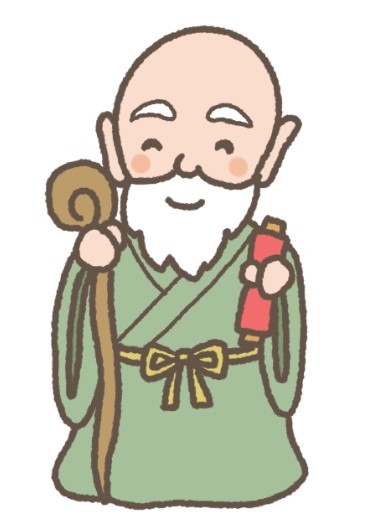
「七福神巡り」を英語で説明する
Seven Lucky Gods pilgrimage is called Shichifukujin-Meguri in Japanese and this short tour can be done by visiting temples or shrines, which worships one or two of the Seven Lucky Gods, and collecting stamps in each place.
七福神巡りは日本語で「七福神めぐり」と呼ばれ、七福神を祀るお寺や神社を巡り、それぞれの場所でスタンプを集める短いツアーです。
The stamp is called “goshuin” or simply “shuin”.
このスタンプを御朱印、または朱印と呼びます。
Collecting seven stamps is said to bring in good fortune and blessings throughout the year.
7つの御朱印を集めると、1年を通して幸運と祝福がもたらされると言われています。
That is why it is a popular New Years tradition and many people do this at the start of the year, especially the first seven days of January.
新年の伝統として人気があり、多くの人が年の初め、特に1月の最初の7日間にこれを行います。
まとめ
今回は七福神に関する表現を英語で解説しました。
七福神について説明するときは、ぜひこの記事を参考にしてみてください。
あわせて読みたい
ガイドコミュニティ・JapanWonderGuideに参加しませんか?
JapanWonderGuide(JWG)は「日本のガイドの質を世界一に」をスローガンに掲げるガイドコミュニティです。
2020年から活動を開始し、全国通訳案内士等を中心に、現在は、3,800名を超えるコミュニティとなっております。
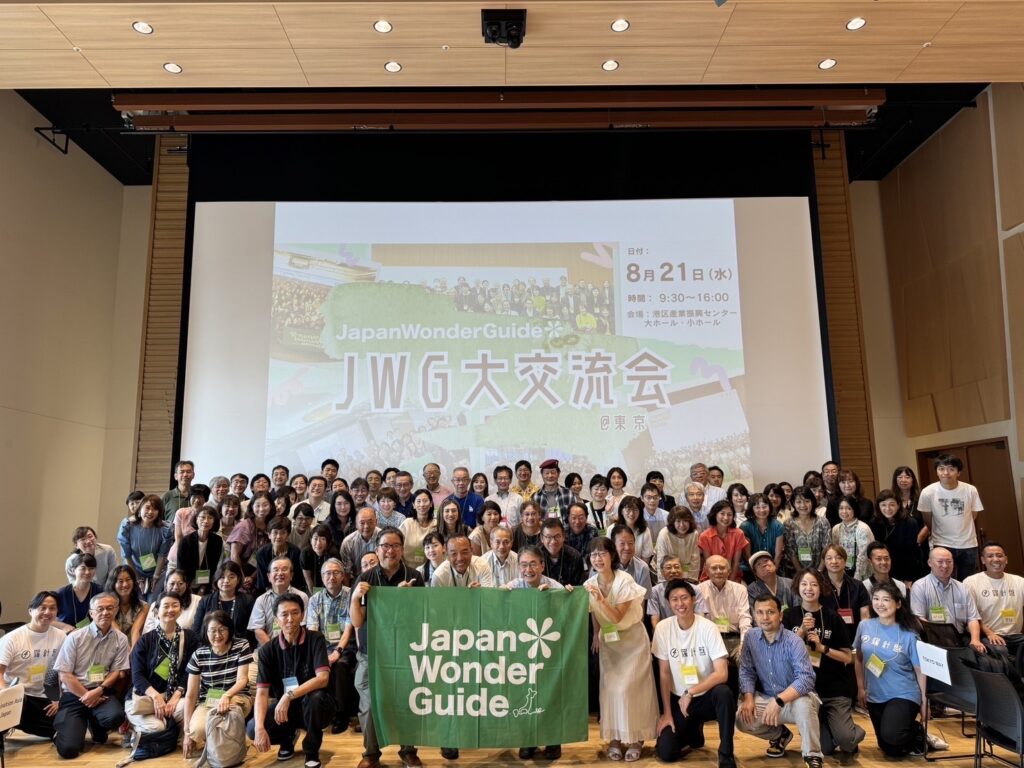
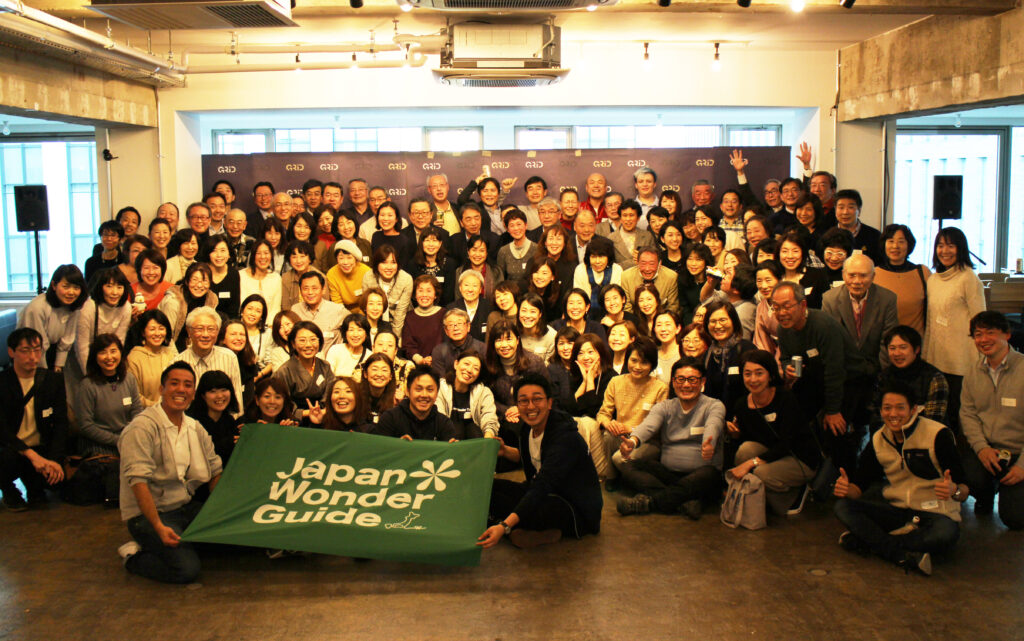
JWGの有料会員(Knottist)にご登録いただくと、月額1,000円(税込1,100円)で、ガイディングやビジネスに活きる知識・スキルが身につくE-Learningが受講し放題!ガイドのスキルアップに特化した研修動画を、お好きなだけ、無料でご視聴いただけます。
さらに、Knottistになると、通訳案内士が5年ごとに必ず受講しなければならない「通訳案内研修」を、オンラインで、無料でご受講いただけます。そのほか、下見やツアー時に割引/無料でご入場いただける優待施設のご利用や、人気観光施設の最新情報や裏話をお届けするJWG Live!の見逃し配信、各研修の割引など、様々な特典をご利用いただけます。
有料、無料会員様ともに研修やイベント情報など、ガイドに役立つ内容がたっぷり詰まったメルマガを月に2回お届け。
また、ガイド仲間を見つけ、交流できるFacebookグループにもご招待!情報交換の場としてお使いください。
| Knottist Free | Knottist | Knottist+ | |
| 料金 | 無料! | 月額1,000円 (税込1,100円) | 年間14,000円※ (税込15,400円) |
| 期間 | 無期限 | 毎月自動更新 | 2026年8月31日まで |
| ①E-learning動画配信 | 有料 | 無料 | 無料 |
| ②メンバー向けメルマガ受信 | ○ | ○ | ○ |
| ③JWG Live!見逃し配信 | △ | ○ | ○ |
| ④JWG主催研修割引 | – | ○ | ○ |
| ⑤JWG交流会へご招待 | 有料 | 無料 | 無料 |
| ⑥通訳案内研修 | 3,500円 | 無料 | 無料 |
| ⑦E-learning動画配信 | 有料 | 無料 | 無料 |
| ⑧メンバー限定Facebookグループご招待 ※ご希望される場合のみ | 〇 | 〇 | 〇 |
| ⑨通訳ガイド保険 | – | – | ○ |
※Knottist+の会費は加入月によって変動します
★通訳ガイド保険がついたKnottist+もご用意しております。資格の保有の有無に関わらず、通訳案内業務が補償の対象となりますので、どなたでも安心してガイドのお仕事をしていただけます。
インバウンド復活の兆しも少しずつ見えてきました。ぜひこの機会にご検討ください。
まずKnottist Free (フリーメンバー)に登録し、月2回メルマガを受け取ってみませんか?
JWGで、日本の観光を一緒に盛り上げていきましょう!

